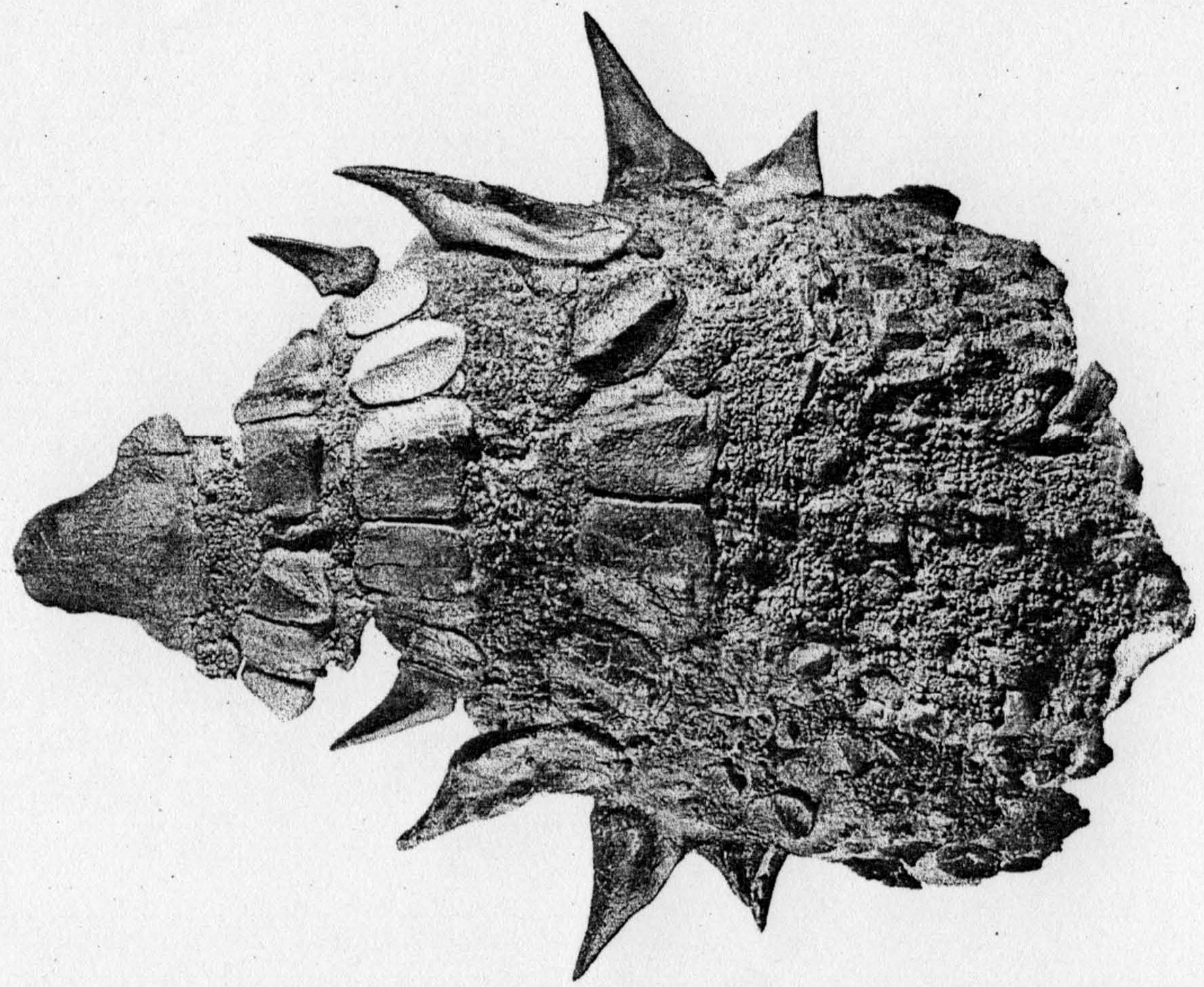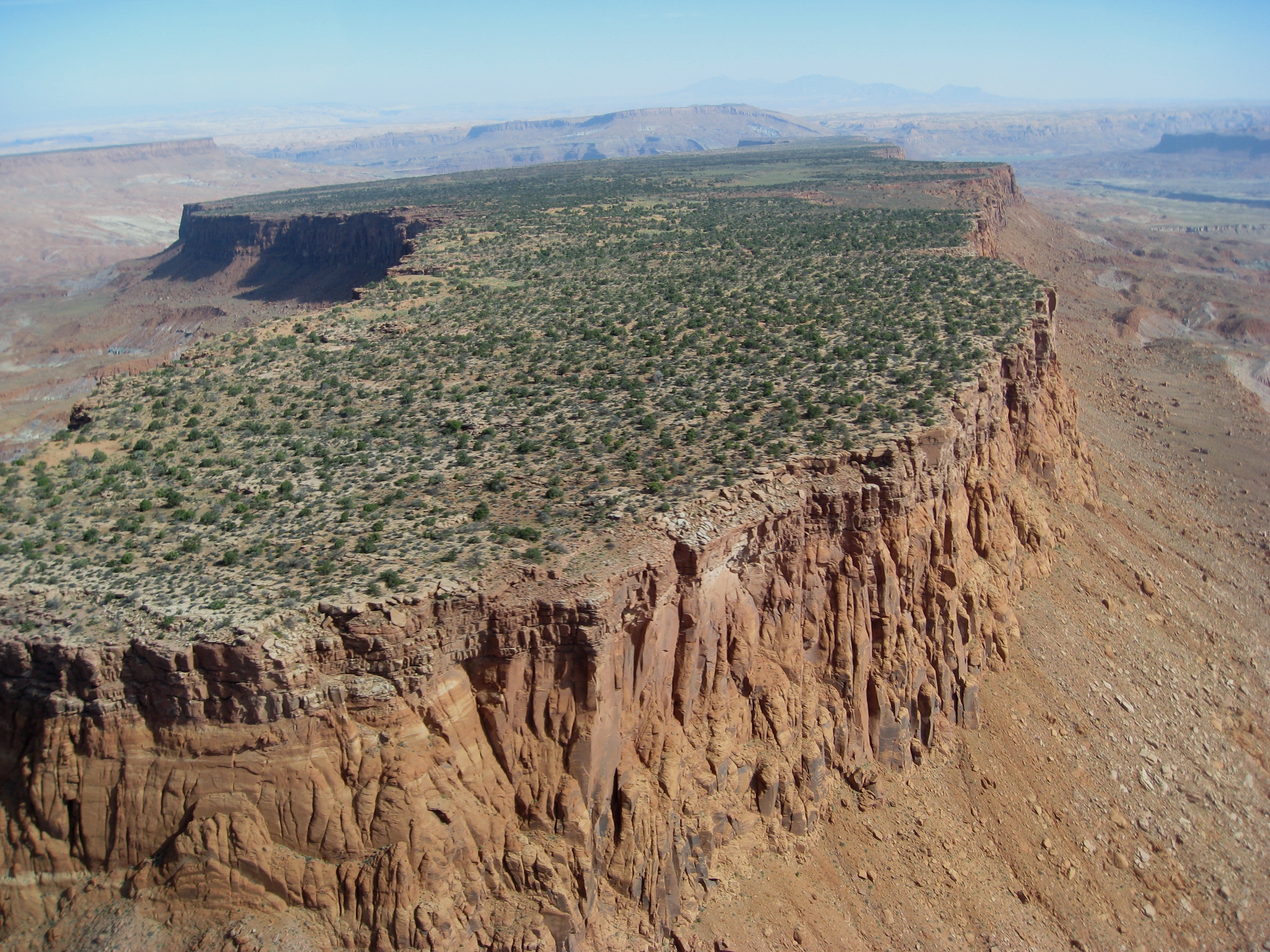|
Qigu Formation
The Qigu Formation is a Late Jurassic ( Oxfordian) geologic formation in the Southern Junggar Basin in China. Indeterminate Dinosaur remains are among the fossils that have been recovered from the formation, including theropod teeth and a fibula. a stegosaur dorsal vertebra and a Eusauropod tooth. '' Xinjiangtitan'' was erroneously thought to be from this formation, but it is actually from the older Qiketai Formation, which is in a different basin.Weishampel, et al. (2004). "Dinosaur distribution." Pp. 517-607. The term "Qigu Formation" is also used to sediments of equivalent age in the Turpan Basin, but this might better be treated as a separate formation. It is laterally equivalent to the Shishugou Formation. Fossil content The mass accumulation of Jurassic freshwater turtle fossils belonging to the genus '' Annemys'', discovered in 2009 at a site nicknamed "Mesa Chelonia" in Shanshan County, Xinjiang is thought to likely belong to the Qigu Formation, though it belongs to the ... [...More Info...] [...Related Items...] OR: [Wikipedia] [Google] [Baidu] |
Geological Formation
A geological formation, or simply formation, is a body of rock having a consistent set of physical characteristics ( lithology) that distinguishes it from adjacent bodies of rock, and which occupies a particular position in the layers of rock exposed in a geographical region (the stratigraphic column). It is the fundamental unit of lithostratigraphy, the study of strata or rock layers. A formation must be large enough that it can be mapped at the surface or traced in the subsurface. Formations are otherwise not defined by the thickness of their rock strata, which can vary widely. They are usually, but not universally, tabular in form. They may consist of a single lithology (rock type), or of alternating beds of two or more lithologies, or even a heterogeneous mixture of lithologies, so long as this distinguishes them from adjacent bodies of rock. The concept of a geologic formation goes back to the beginnings of modern scientific geology. The term was used by Abraham Gottlob Wer ... [...More Info...] [...Related Items...] OR: [Wikipedia] [Google] [Baidu] |
Xinjiangtitan
''Xinjiangtitan'' ( zh, s=新疆巨龙, p=Xīnjiāngjùlóng) is an extinct genus of mamenchisaurid sauropod that lived during the Middle Jurassic of what is now Xinjiang, northwestern China. Its type and only species is ''Xinjiangtitan shanshanesis'' ( zh, s=鄯善新疆巨龙, p=Shànshàn Xīnjiāngjùlóng), known from a single incomplete skeleton recovered from the Qiketai Formation. The holotype preserves one of the most complete vertebral columns of any sauropod found in Asia, and has the longest complete neck known for any animal. Discovery The type specimen of ''Xinjiangtitan shanshanesis'' was discovered by a joint expedition of Jilin University, Shenyang Normal University, and Xinjiang Geological Survey Institutute in 2012, from a quarry south of Qiketai, Xinjiang. In 2013, before the specimen had been fully excavated, Wu Wen-hao, Zhou Chang-fu, Oliver Wings, Toru Sekiha and Dong Zhiming described it as a new genus and species, ''Xinjiangtitan shanshanesis''. The gen ... [...More Info...] [...Related Items...] OR: [Wikipedia] [Google] [Baidu] |
Sunosuchus
''Sunosuchus'' is an extinct genus of goniopholidid mesoeucrocodylian. Fossils are known from China, Kyrgyzstan, and Thailand and are Jurassic in age, although some may be Early Cretaceous. Four species are currently assigned to the genus: the type species ''S. miaoi'' and the species ''S. junggarensis'', ''S. shartegensis'', and ''S. shunanensis''. All species are from China. ''Goniopholis phuwiangensis'', also from Thailand, was reassigned to ''Sunosuchus'' by Andrade ''et al.'' (2011). The material from Kyrgyzstan has not been assigned to any species. Description ''Sunosuchus'' has a long, narrow snout and a small skull table. Several characters help diagnose ''Sunosuchus'' and distinguish it from other taxa. For example, there are wide pits on the back of the frontal bone. The frontal bone also has a distinctive ridge along part of its midline. The lower jaw has a long symphysis where the two halves come together. This symphysis is formed mostly from the mandibles, but als ... [...More Info...] [...Related Items...] OR: [Wikipedia] [Google] [Baidu] |
Nominosuchus
''Nominosuchus'' is a genus of protosuchian-grade crocodylomorph. It is known from several specimens discovered in ancient lake deposits of the Tithonian-age Upper Jurassic Tsagaantsav Formation, southwestern Mongolia. The type specimen is PIN 4174/4, a partial skull. ''Nominosuchus'' was not large; its skull length is estimated at . It was similar to ''Shartegosuchus'', and is assigned to the same family (Shartegosuchidae). ''Nominosuchus'' was described in 1996 by Mikhail Efimov, and the type species In zoological nomenclature, a type species (''species typica'') is the species name with which the name of a genus or subgenus is considered to be permanently taxonomically associated, i.e., the species that contains the biological type specime ... is ''N. matutinus''. References Late Jurassic reptiles of Asia Late Jurassic crocodylomorphs Prehistoric pseudosuchian genera {{paleo-archosaur-stub ... [...More Info...] [...Related Items...] OR: [Wikipedia] [Google] [Baidu] |
Fossilworks
Fossilworks is a portal which provides query, download, and analysis tools to facilitate access to the Paleobiology Database The Paleobiology Database is an online resource for information on the distribution and classification of fossil animals, plants, and microorganisms. History The Paleobiology Database (PBDB) originated in the NCEAS-funded Phanerozoic Marine Pale ..., a large relational database assembled by hundreds of paleontologists from around the world. History Fossilworks was created in 1998 by John Alroy and is housed at Macquarie University. It includes many analysis and data visualization tools formerly included in the Paleobiology Database.{{cite web, title=Frequently asked questions, url=http://www.fossilworks.org/cgi-bin/bridge.pl?page=FAQ, publisher=Fossilworks, access-date=17 December 2021 References {{Reflist External links {{Wikidata property, P842 * [Baidu] |
Pterosaur
Pterosaurs (; from Greek ''pteron'' and ''sauros'', meaning "wing lizard") is an extinct clade of flying reptiles in the order, Pterosauria. They existed during most of the Mesozoic: from the Late Triassic to the end of the Cretaceous (228 to 66 million years ago). Pterosaurs are the earliest vertebrates known to have evolved powered flight. Their wings were formed by a membrane of skin, muscle, and other tissues stretching from the ankles to a dramatically lengthened fourth finger. There were two major types of pterosaurs. Basal pterosaurs (also called 'non-pterodactyloid pterosaurs' or 'rhamphorhynchoids') were smaller animals with fully toothed jaws and, typically, long tails. Their wide wing membranes probably included and connected the hind legs. On the ground, they would have had an awkward sprawling posture, but the anatomy of their joints and strong claws would have made them effective climbers, and some may have even lived in trees. Basal pterosaurs were insectiv ... [...More Info...] [...Related Items...] OR: [Wikipedia] [Google] [Baidu] |
Rhamphorhynchidae
Rhamphorhynchidae is a group of early pterosaurs named after ''Rhamphorhynchus'', that lived in the Late Jurassic. The family Rhamphorhynchidae was named in 1870 by Harry Govier Seeley.Seeley, H.G. (1870). "The Orithosauria: An Elementary Study of the Bones of Pterodactyles." Cambridge, 135 p. Members of the group possess no more than 11 pairs of teeth in the rostrum, a deltopectoral crest that is constricted at the base but expanded at the distal end, and a bent phalange on the fifth toe. Rhamphorhynchidae traditionally contains two subfamilies: the Rhamphorhynchinae and the Scaphognathinae. While not recovered as distinct clades by all analyses, there do appear to be traits uniting members of each group. Rhamphorhynchines are more common, were lightly built, and had jaws ending in pointed tips that contained more teeth, which are often procumbent (pointed forward). Scaphognathines are comparatively quite rare, were more robust skeletally, and had shorter wing proportions. The b ... [...More Info...] [...Related Items...] OR: [Wikipedia] [Google] [Baidu] |
Ankylosauria
Ankylosauria is a group of herbivorous dinosaurs of the order Ornithischia. It includes the great majority of dinosaurs with armor in the form of bony osteoderms, similar to turtles. Ankylosaurs were bulky quadrupeds, with short, powerful limbs. They are known to have first appeared in the Middle Jurassic, and persisted until the end of the Cretaceous Period. The two main families of Ankylosaurs, Nodosauridae and Ankylosauridae are primarily known from the Northern Hemisphere, but the more basal Parankylosauria are known from southern Gondwana during the Cretaceous. Ankylosauria was first named by Henry Fairfield Osborn in 1923.Osborn, H. F. (1923). "Two Lower Cretaceous dinosaurs of Mongolia." ''American Museum Novitates'', 95: 1–1/ref> In the Linnaean classification system, the group is usually considered either a suborder or an infraorder. It is contained within the group Thyreophora, which also includes the stegosaurs, armored dinosaurs known for their combination of plate ... [...More Info...] [...Related Items...] OR: [Wikipedia] [Google] [Baidu] |
Shanshan County
Shanshan County () as the official romanized name, also transliterated from Uyghur as Piqan County (; ), is a county within the Xinjiang Uyghur Autonomous Region and is under the administrative jurisdiction of the prefecture-level city of Turpan. It contains an area of , occupying the eastern majority of Turpan. According to the 2002 census, it has a population of . The county seat is in Shanshan Town. Name The county is named after the ancient Shanshan Kingdom, although the kingdom was actually located mostly outside of the borders of the modern county, in the Lop Nur area. The place was originally named Piqian, and the Grand coordinator and provincial governor of Xinjiang proposed the name of Shanshan when Guangxu Emperor decided to set up a county in 1902. History The local geology and the desert climate made it possible to discover a number of important fossil sites in the area, including China's largest cluster of fossilized dinosaur tracks and China's largest dinosaur. Im ... [...More Info...] [...Related Items...] OR: [Wikipedia] [Google] [Baidu] |
Mesa
A mesa is an isolated, flat-topped elevation, ridge or hill, which is bounded from all sides by steep escarpments and stands distinctly above a surrounding plain. Mesas characteristically consist of flat-lying soft sedimentary rocks capped by a more resistant layer or layers of harder rock, e.g. shales overlain by sandstones. The resistant layer acts as a caprock that forms the flat summit of a mesa. The caprock can consist of either sedimentary rocks such as sandstone and limestone; dissected lava flows; or a deeply eroded duricrust. Unlike ''plateau'', whose usage does not imply horizontal layers of bedrock, e.g. Tibetan Plateau, the term ''mesa'' applies exclusively to the landforms built of flat-lying strata. Instead, flat-topped plateaus are specifically known as '' tablelands''.Duszyński, F., Migoń, P. and Strzelecki, M.C., 2019. ''Escarpment retreat in sedimentary tablelands and cuesta landscapes–Landforms, mechanisms and patterns.'' ''Earth-Science Reviews, no. ... [...More Info...] [...Related Items...] OR: [Wikipedia] [Google] [Baidu] |
Turtle
Turtles are an order of reptiles known as Testudines, characterized by a special shell developed mainly from their ribs. Modern turtles are divided into two major groups, the Pleurodira (side necked turtles) and Cryptodira (hidden necked turtles), which differ in the way the head retracts. There are 360 living and recently extinct species of turtles, including land-dwelling tortoises and freshwater terrapins. They are found on most continents, some islands and, in the case of sea turtles, much of the ocean. Like other amniotes (reptiles, birds, and mammals) they breathe air and do not lay eggs underwater, although many species live in or around water. Turtle shells are made mostly of bone; the upper part is the domed carapace, while the underside is the flatter plastron or belly-plate. Its outer surface is covered in scales made of keratin, the material of hair, horns, and claws. The carapace bones develop from ribs that grow sideways and develop into broad flat plates th ... [...More Info...] [...Related Items...] OR: [Wikipedia] [Google] [Baidu] |

.jpg)



